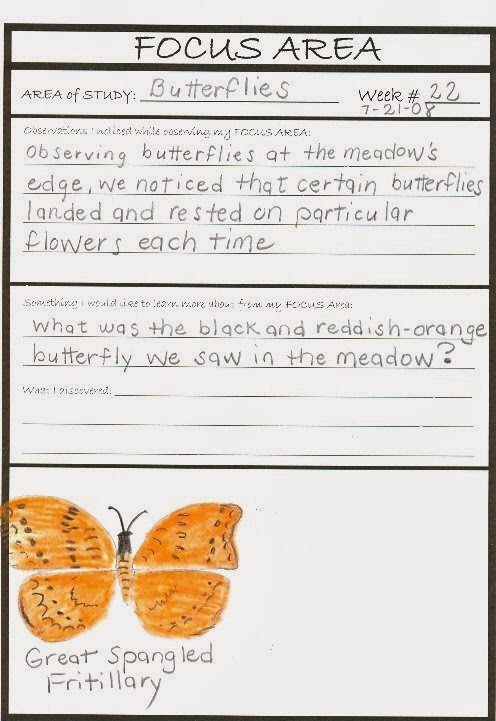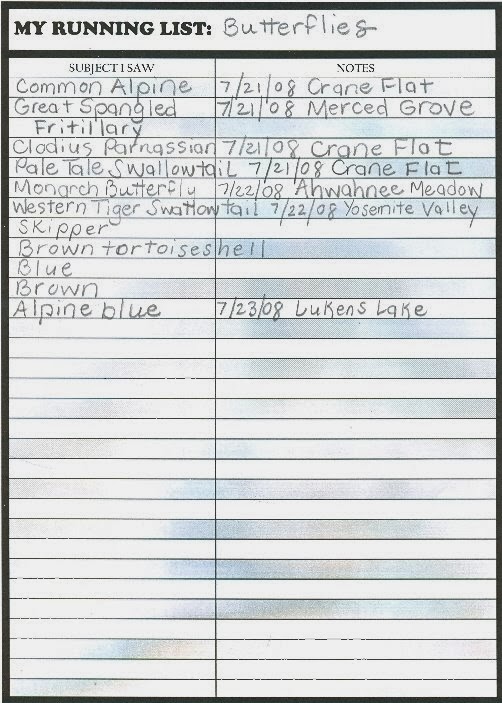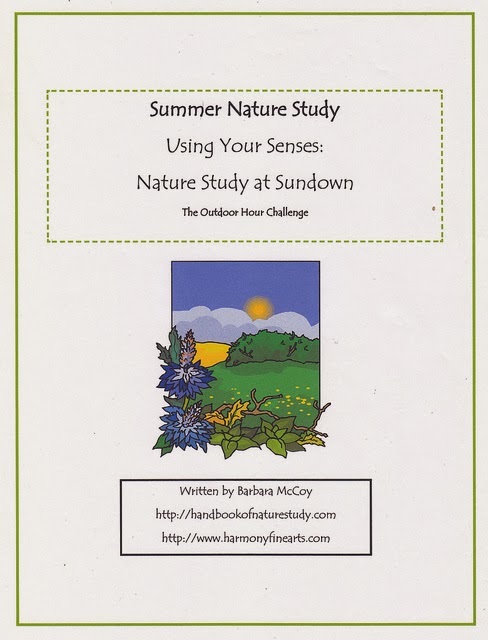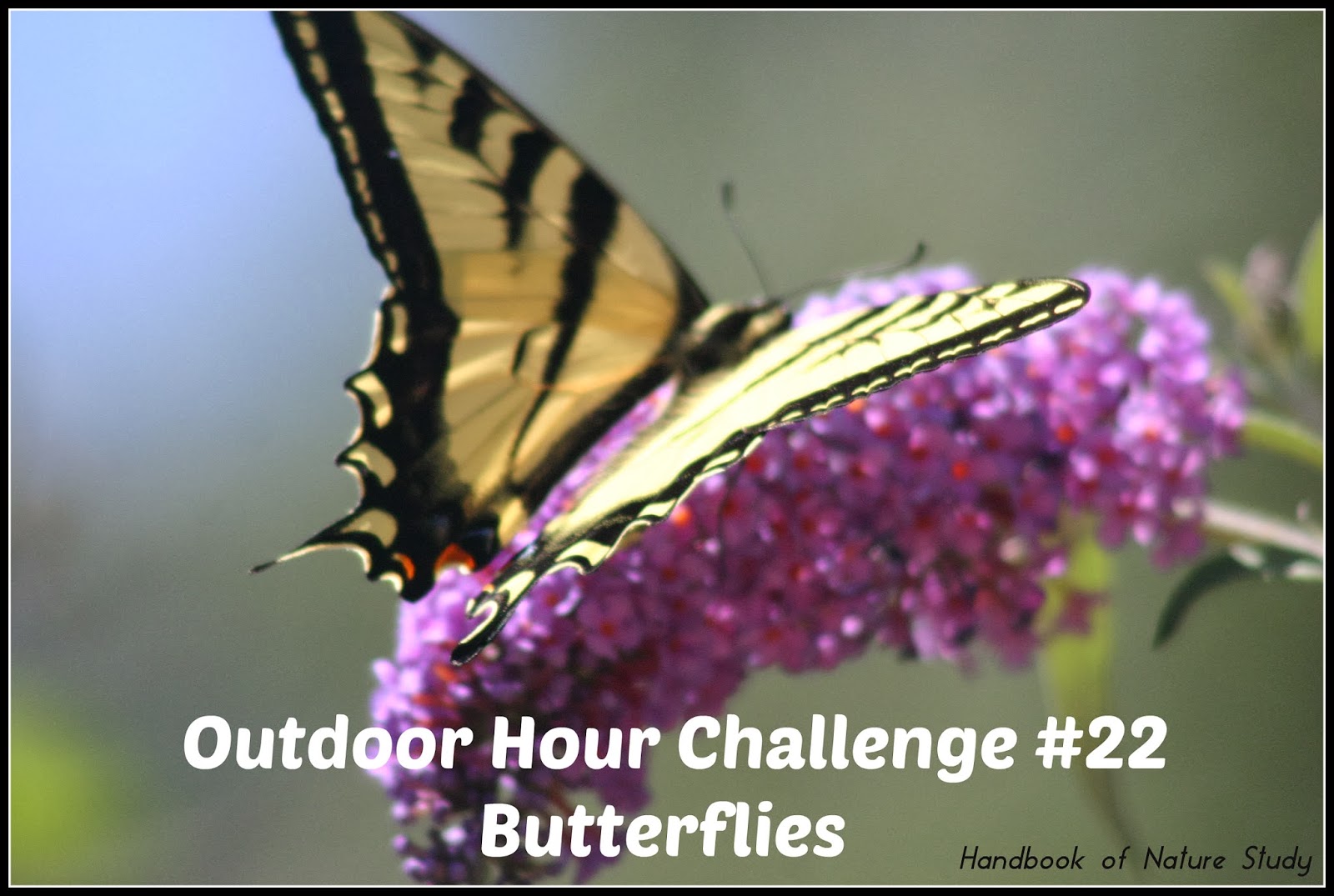Field Guides I have Used With My Family

Ants – Spring ebook
Black Swallowtail – Spring Nature Study Continues
Caddisfly and Caddis worm – Summer Nature Study Continues
Cockroach – Autumn 2015
Crickets – Summer ebook and another cricket study
Fireflies – Summer ebook
Gall Dwellers – More Nature Study Winter
Grasshoppers – Summer ebook
Insect Study with Bug’s Eye View Printable
Katydids – Summer ebook
Lacewing – Summer Nature Study Continues coming soon
Leaf Miners and Leaf Rollers – More Nature Study Autumn
Monarch Butterfly – More Nature Study Summer
Moths – Summer ebook and another moth study
Mosquitoes – Summer ebook
Mud Daubers – More Nature Study Summer
Winter Insects – Winter Wednesday ebook
Yellow Jackets – More Nature Study Summer
- September 2012 – Insect study grid. Ant study. Lesson plans for insect and spider study.
- April 2014 – Making a bug hotel.
- June 2016 – Insect Wing Study notebook page. Insect nature study and nature journal ideas.
- September 2016 – Insect home study ideas. Gall dweller nature study. Insect study grid. Insect coloring page.















































